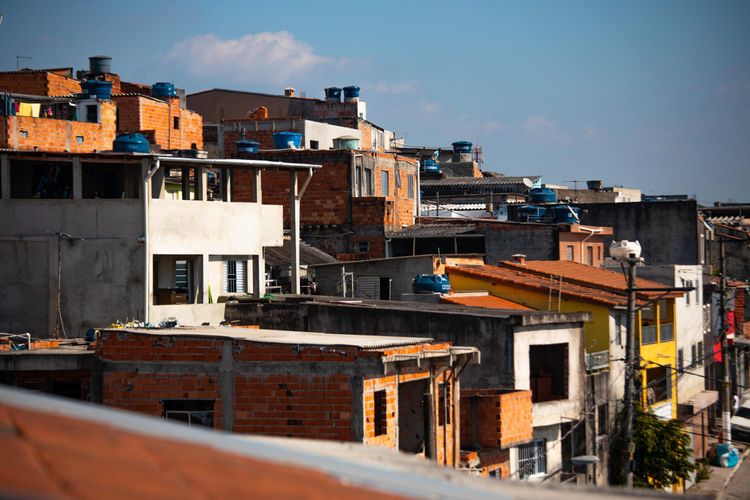Sanitation in unauthorized areas, Brazilian cases
by Antonio Eduardo Giansante, Mackenzie Presbyterian University and Foundation School of Sociology and Political Science of São Paulo

by Antonio Eduardo Giansante, Mackenzie Presbyterian University and Foundation School of Sociology and Political Science of São Paulo
